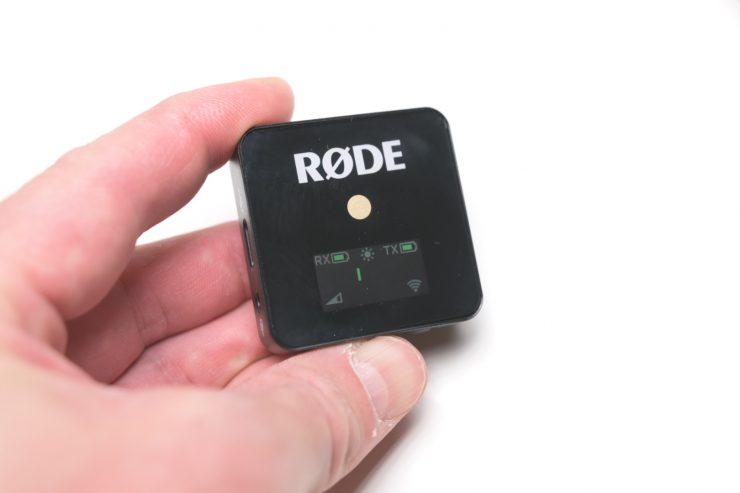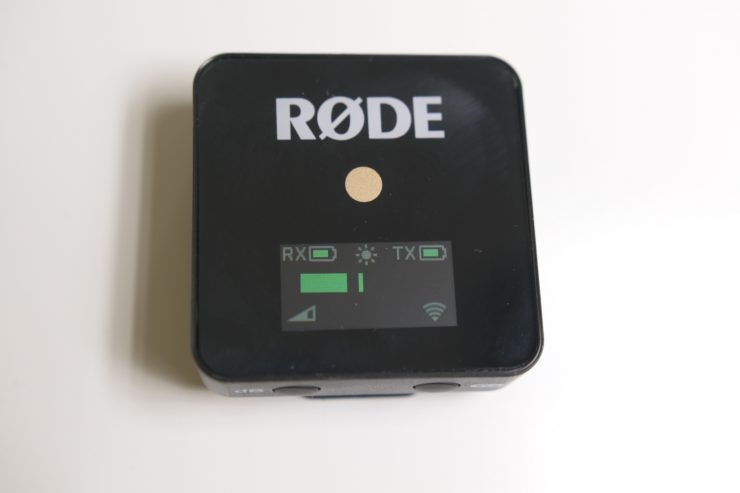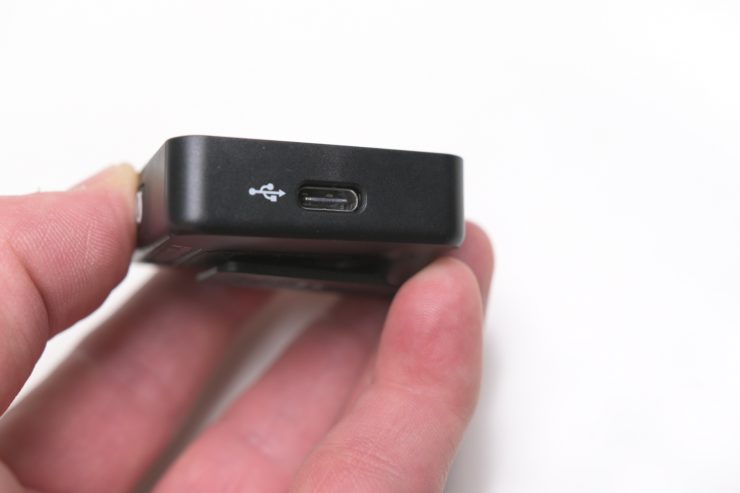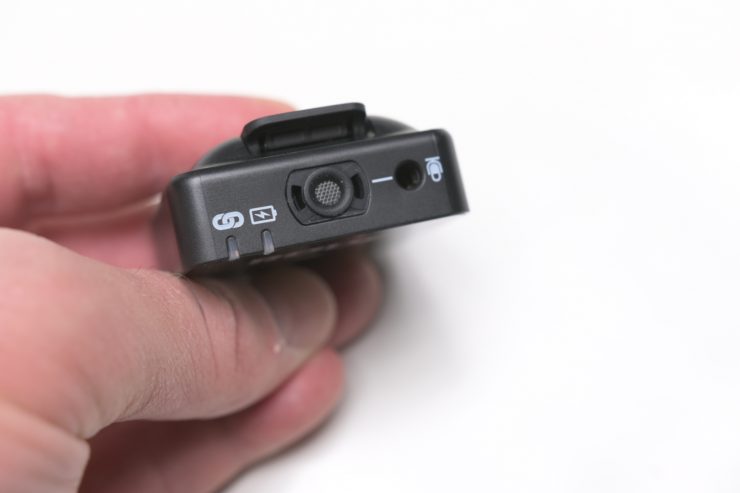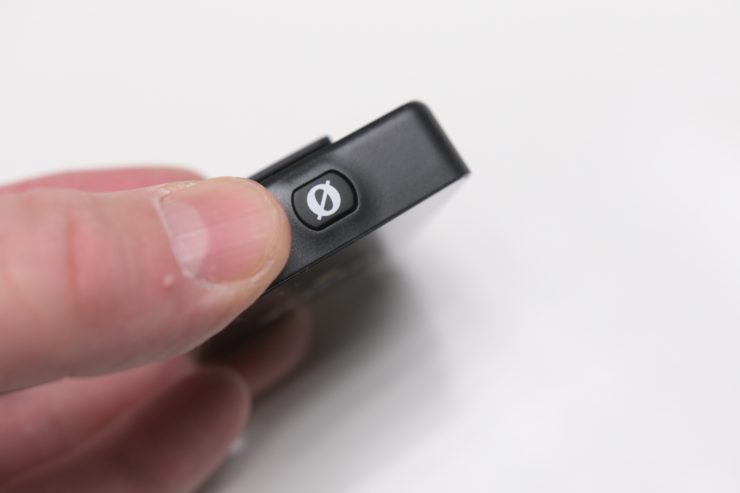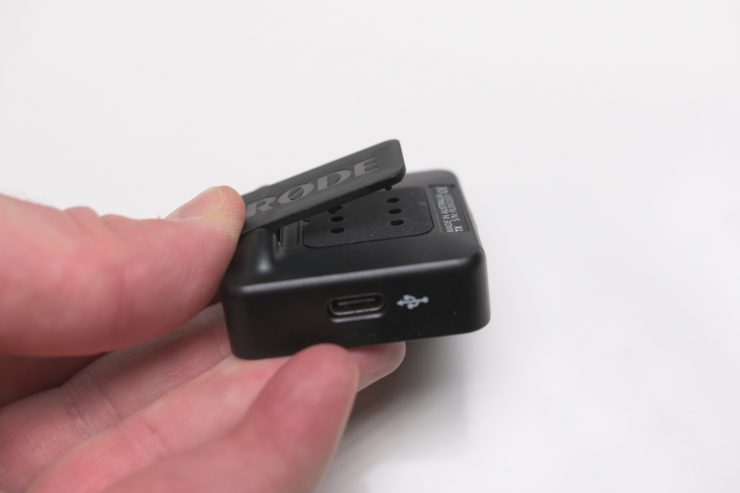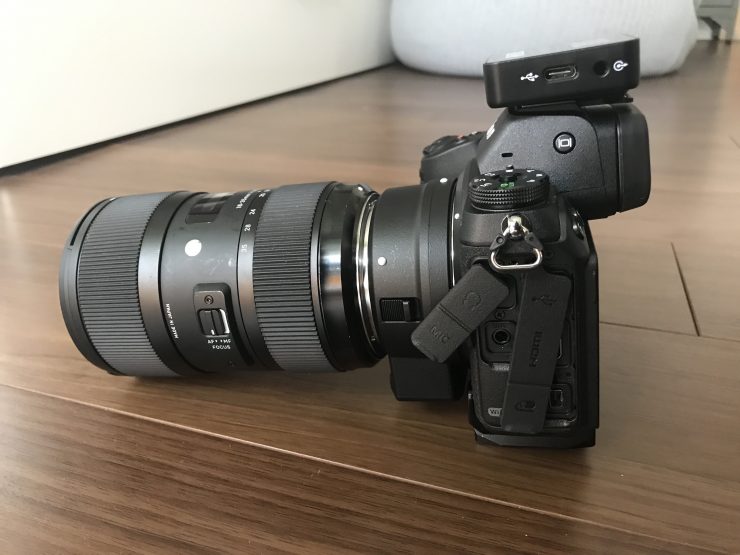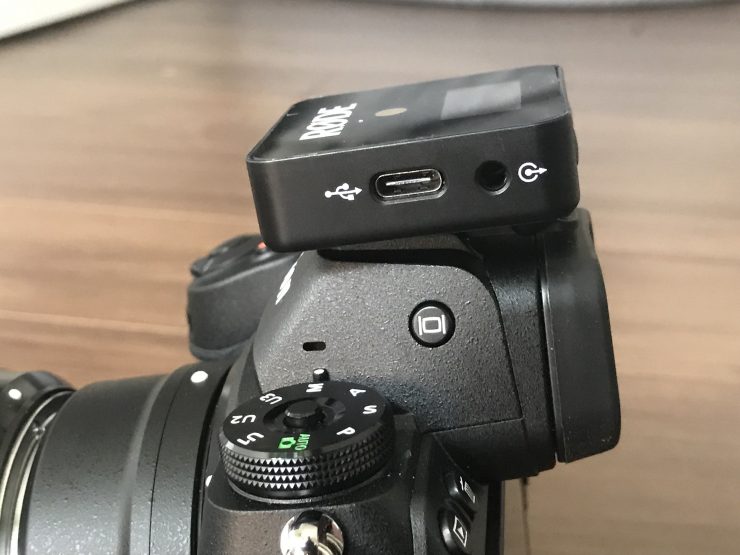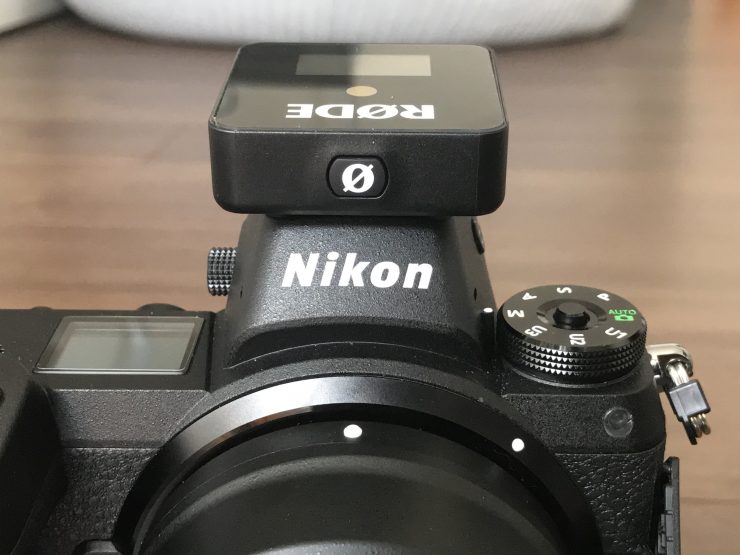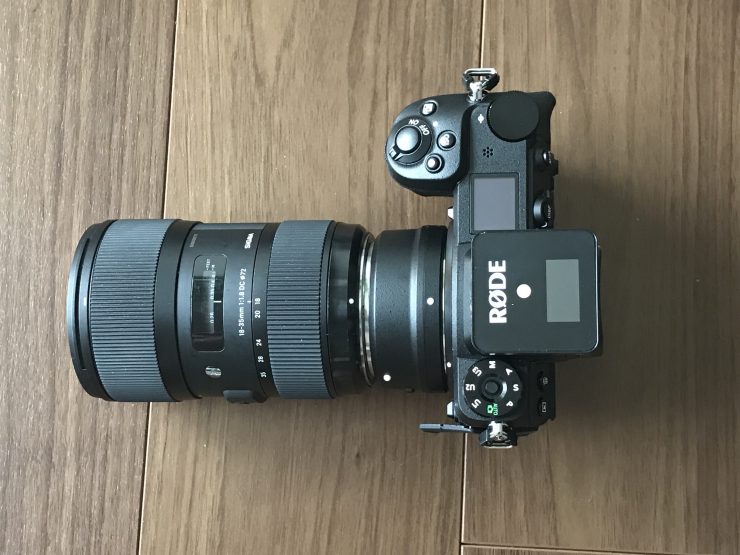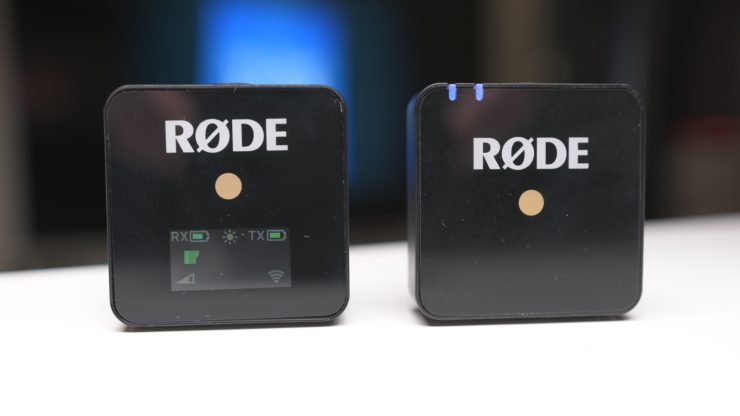
The RØDE Wireless GO is claimed to be the world’s smallest wireless microphone system and it was announced just prior to NAB.
Above you can see our interview with RØDE at NAB 2019.
The RØDE Wireless GO is an interesting product, so let’s find out more about it.
Key features
- Ultra-compact digital wireless microphone system, only 31grams each
- Dual purpose transmitter with a built-in omnidirectional microphone and external 3.5mm TRS input
- Three-stage output pad on the RX (0db, -6db & -12db)
- All-new Series III 2.4GHz digital wireless transmission with 128-bit encryption
- Built-in rechargeable batteries, charged via USB-C
- Up to 7 hours on a full charge, including a battery saver mode
- Easy, intuitive interface
- $199 USD
- For Mobile Journalist, Videographer
- Built-In Omni Mic & 3.5mm Mic Input
- Miniature Clip-On Transmitter
- Miniature Clip-On Receiver
- Easy Setup with No Menus
- Bright, Informative LCD Screen
- Battery Status & Audio Level on Display
- Up to 8 Mics on Set / 230′ Range
Who is it aimed at?
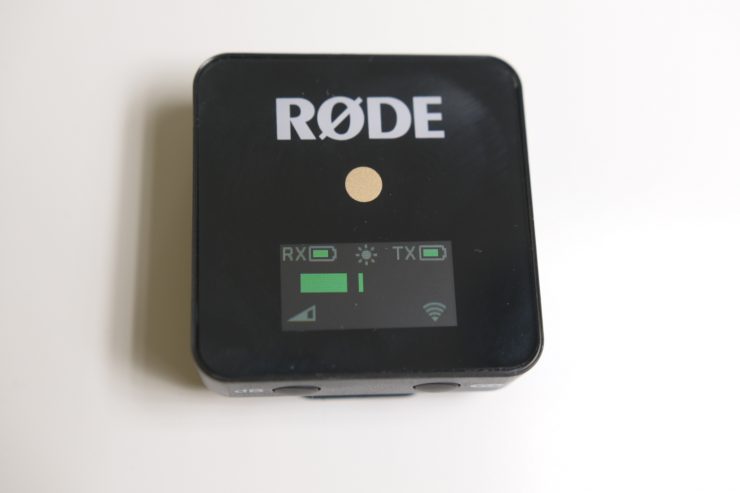
RØDE is aiming the Wireless GO to anyone who just wants a simple solution for wireless audio, whether they are a small business, beginner filmmaker or vlogger. It’s not supposed to be a replacement for the RØDELink wireless system, instead it is an entry-level product.
What do you get?
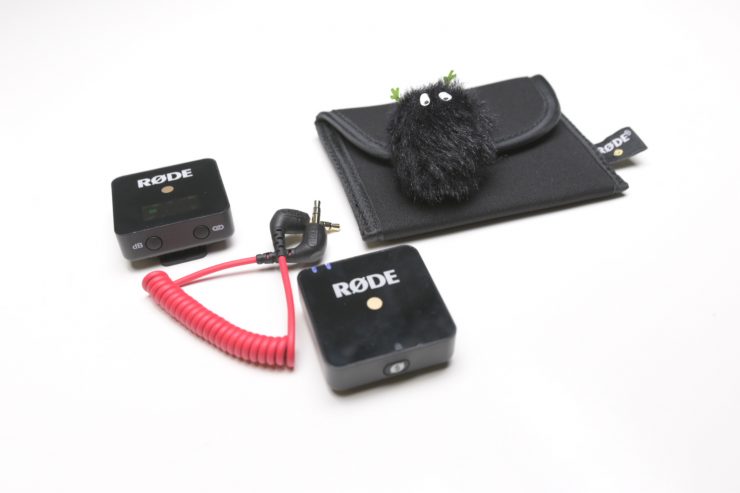
- Rode Wireless GO Compact Wireless Microphone System (2.4 GHz)
- 2 x Fur Windshields
- Storage Pouch
- SC2 Right-Angle 3.5mm TRS Coiled Patch Cable
- USB Type-A to USB Type-C Cable
- Limited 1-Year Warranty, Extendable to 2 Years upon Registration
Size & Weight
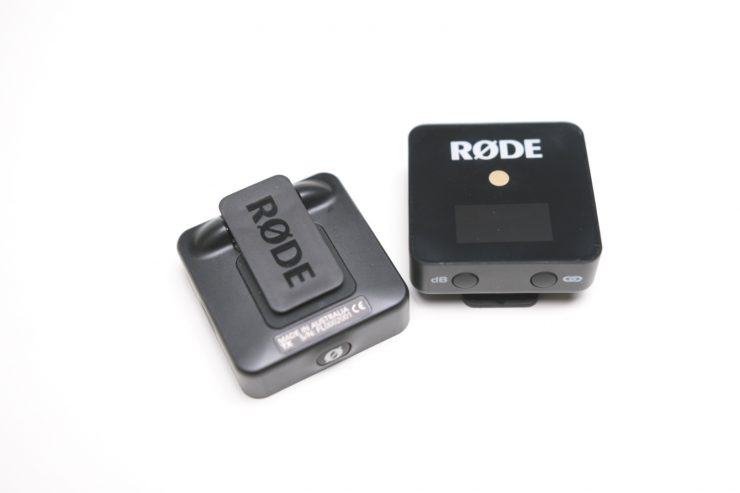
The RØDE Wireless GO certainly is very compact and lightweight. It’s definitely a lot smaller than the full-size RØDELink wireless system, and it looks to be smaller than the recently announced Sennheiser XSW-D system which is also very compact with a more cylindrical shape rather than a square like the new Wireless GO. The Sennheiser XSW-D is almost $150 USD more expensive than the RØDE at a retail price of $349 USD, but it does come with the ME2-II omnidirectional lavalier mic.
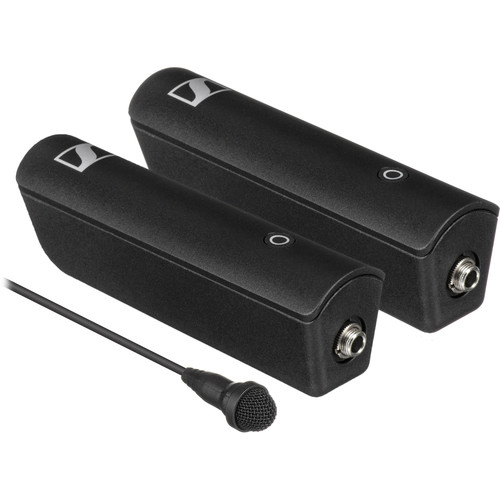
The RØDE Wireless GO transmitter measures in at 44 x 45.3 x 18.5mm (1.73 x 1.78 x 0.72″) and only weighs 31g (1.05oz). This compact size and weight make it a good companion when using smaller sized cameras.
Similarly, the RX measures in at 44 x 46.4 x 18.5mm (1..73 x 1.82 x .72″) and also only weighs 31g (1.05oz). It has a dual-purpose mount to clip onto a camera strap or mount directly onto a hot shoe. The belt clip is actually the width of a cold shoe so you don’t have to attach any other accessory or hot shoe mount.
It looks a little bit like the Sennheiser Memory Mic
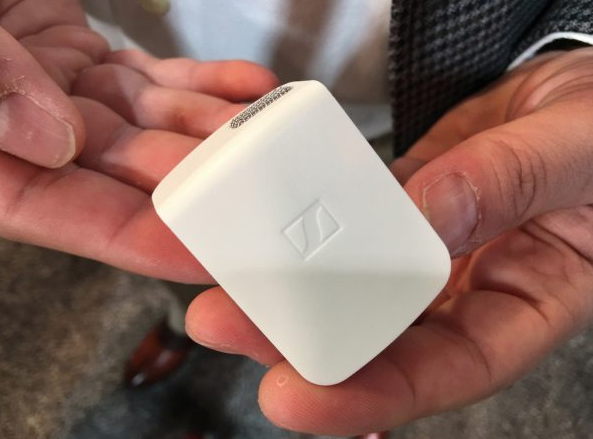
The RØDE Wireless GO transmitter looks very similar to the Sennheiser Memory Mic that was announced back at 2018. The Sennheiser Memory Mic is a microphone with an onboard recorder for smartphones. It can be used as a lapel mic, though it’s not exactly subtle or invisible. It doesn’t transmit the audio in real time. You sync the mic to your smartphone, then the talent can walk around recording audio and once they are done, the mic will create a little wireless hotspot and transfer the audio via WiFi.
Build Quality
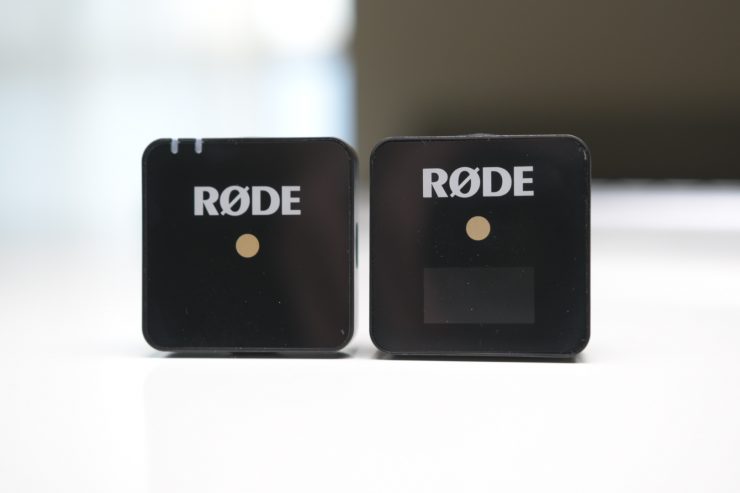
The system does feel a little plasticy and I would be slightly worried how well the buttons would stand up over time. In saying that, it is an entry level product so I don’t expect it to be as solidly made as a much more expensive wireless system.
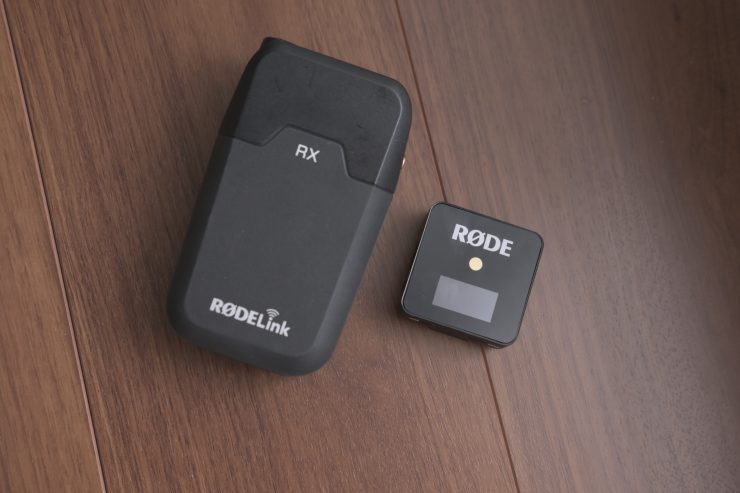
Surprisingly I actually think that the build quality of the Wireless GO is actually slightly better than the RØDELink. It’s also massively smaller.
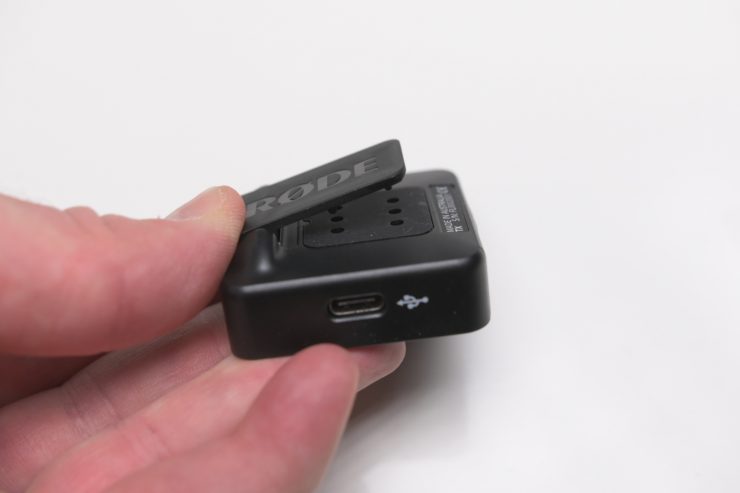
Just how well the plastic belt clips last is something I would only be able to find out from using the product over an extended period of time.
Mic Input Jack & built-in omnidirectional condenser capsule
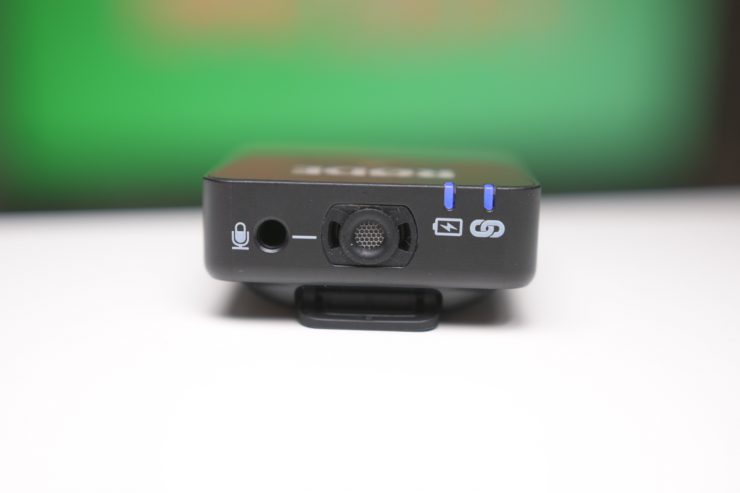
It not only has a 3.5mm mic input jack to use as a belt-pack with a lavalier microphone but has a built-in omnidirectional condenser capsule so you can clip it on directly to your talent/subject with minimal hassle.
The internal capsule’s omnidirectional polar pattern is claimed to ensure reliable audio pickup even if mic placement is less than ideal, and the 50 Hz to 20 kHz frequency range naturally attenuates sub-bass tones such as rumble and boominess; your subject’s voice will be captured with clarity, intelligibility, and consistency.
The included 3.5mm TRS output cable lets you connect the RX unit to your camera or audio recorder. Using the SC7 TRRS cable, you could also use it to record directly to a smartphone or other compatible device.
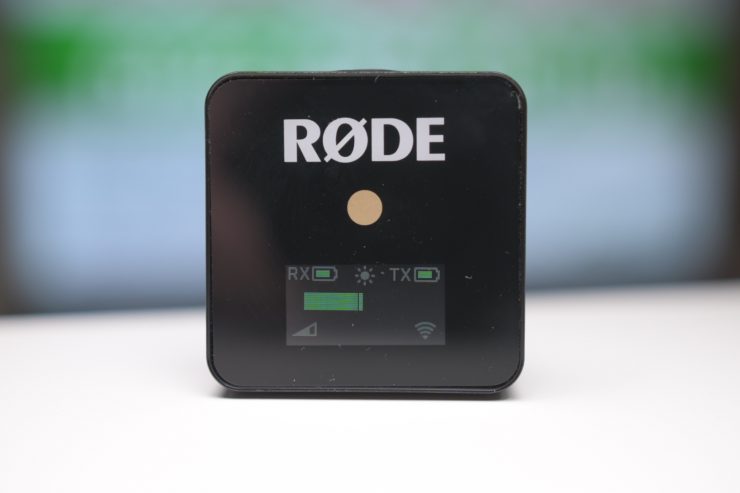
The RX unit also has a small display screen which displays the battery life for the TX & RX units, audio levels, signal strength, and audio pad setting.
Simple to use
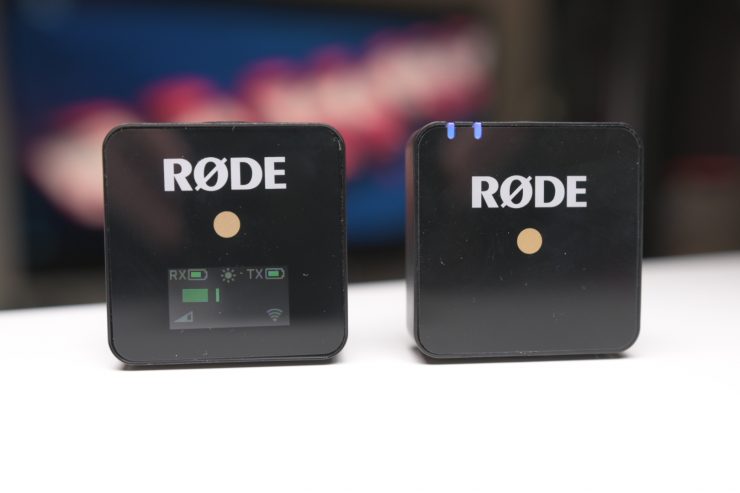
The Wireless GO is simple to use. All you need to do is power it up, press a button to pair and then you are all set.
If you are going to make an entry level product then it needs to be a simple to use as possible and RØDE have done a good job in that respect.
Frequency band & Range
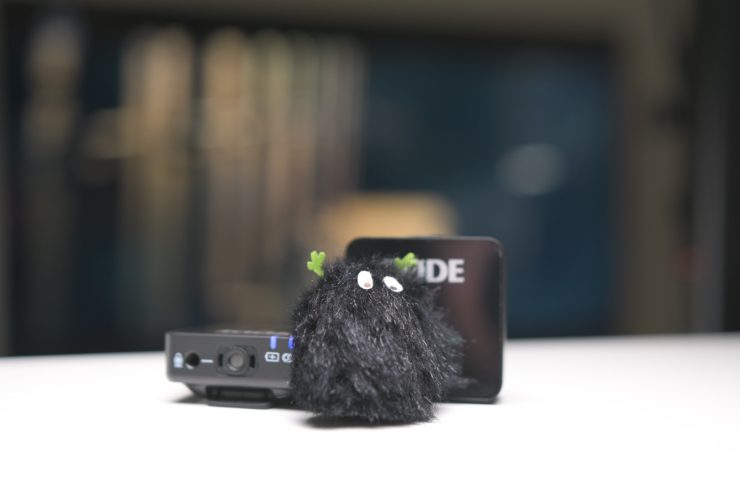
Just like RØDE’s RØDELink wireless systems, the Wireless GO utilizes the same 2.4 GHz frequency band. By using the 2.4 GHz frequency band users don’t need to worry about scanning for channels to get a strong signal.
RØDE says that they use an optimized transmission algorithm that allows the Wireless GO system to have an effective range of up to 230 feet (70.1 meters). The system will automatically bolster the signal dependability to mitigate drop-outs in crowded short-range environments such as retail stores, malls, office buildings, and hotels.
RØDE Series III 2.4 GHz digital transmission incorporates 128-bit encryption for security, stability, and most importantly it bypasses the need to deal with licenses and frequency mandates. This means you can use it anywhere in the world with no problems.
RØDE recommends that for optimal performance from this 2.4 GHz system, users should maintain a direct line of sight between the transmitter and receiver.
No Locking Connector
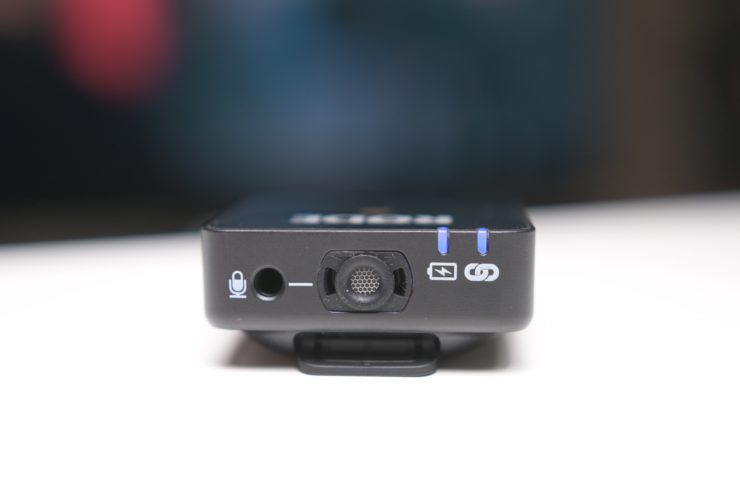
I know this is an entry-level product but I still think RØDE should have used some sort of locking connector. It’s far too easy in run and gun situations for cables to dislodge or come out. The Sennheiser XSW-D features a locking connection.
Mounting
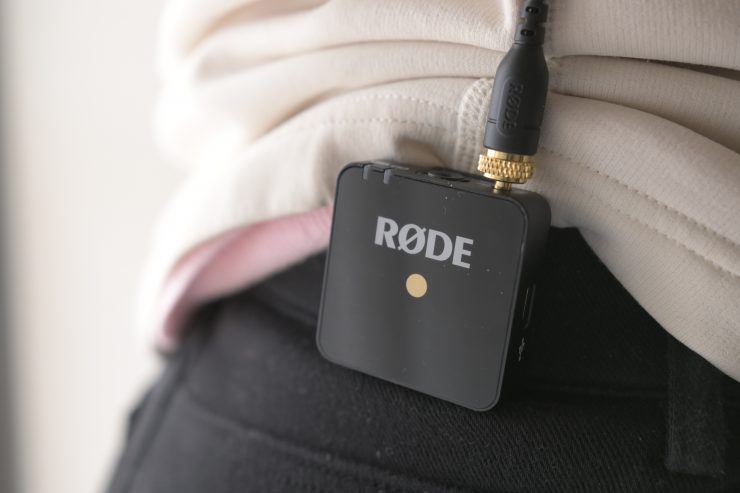
The RØDE Wireless GO system doesn’t feature any mounting points at all, it only comes with belt clips. While this is fine for the TX unit what about the RX unit?
Well, this is where RØDE has come up with a clever little solution. The belt clip can be used to attach the RX unit directly to any cold or hot shoe. This is a smart design move and a very handy addition when using the Wireless GO system with a small DSLR or mirrorless camera.
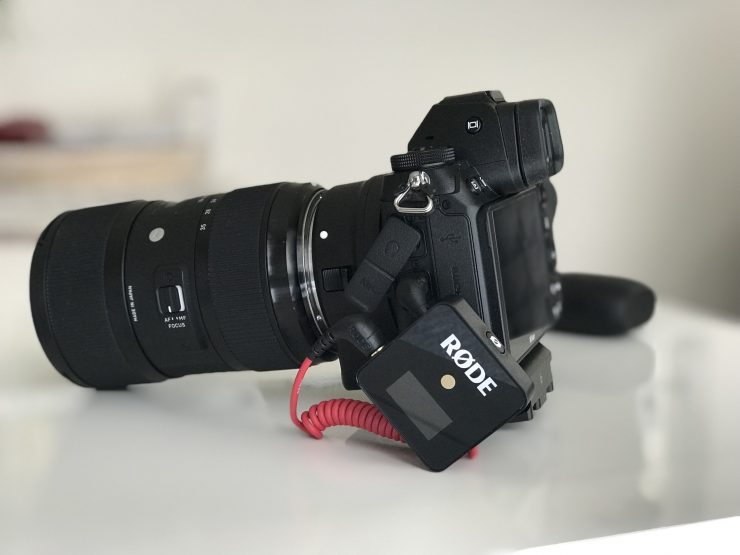
If you prefer a more DIY mounting solution there are numerous ways to do this. You can use anything from double sided velcro, to a small bungy bord, to the belt clip itself. I found the easiest solution was to just use the belt clip and attach it directly to its own cable. As the RX unit is so small and doesn’t weigh much, you aren’t going to put any strain on the cable.
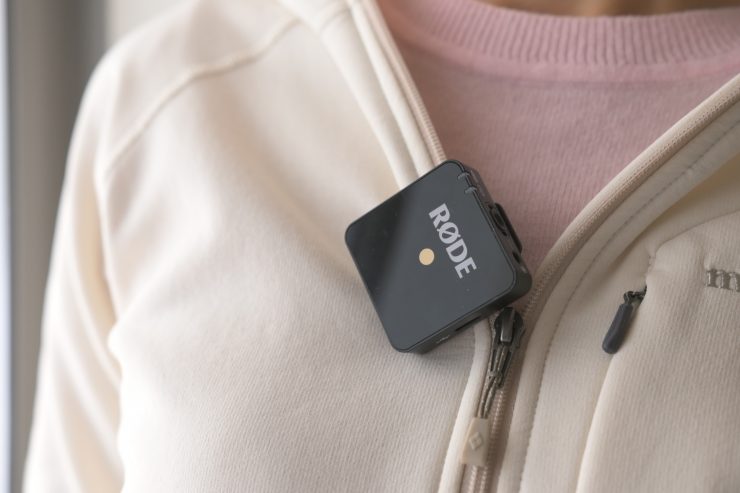
If you are just using the TX unit with the in-built microphone it does look pretty ridiculous attached to a shirt or jacket.
To make it a little less obvious you could flip the TX unit around and just have the clip on the outside instead.
Real World Performance
Claims and specifications are one thing but how does the RØDE Wireless GO actually perform in the real world? For me, there a number of things that are important when using wireless microphone systems:
- Usability
- Reliability
- Audio quality
- Range
- Battery Life
Usability
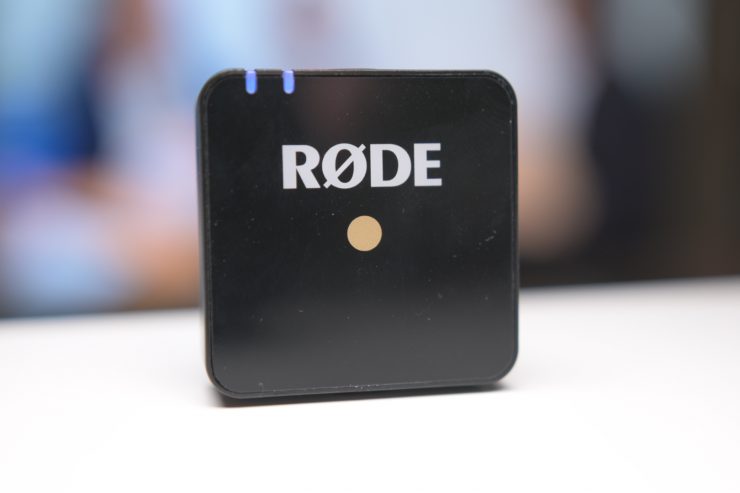
The RØDE Wireless GO is very easy to use. All I had to do was turn on the RX and the TX and they instantly paired up and were ready to use straight away.
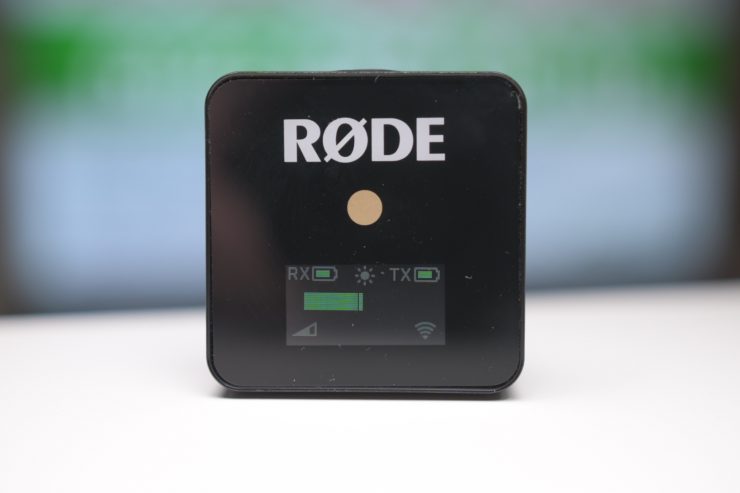
The LCD screen on the RX unit is easy to see and there are no menus to confuse users. On the LCD screen, you can see the battery level for both the RX and the TX, a gain indicator and the actual input level. The trouble is there is no indication of what those levels are. At least for the gain level, it is pretty easy to work out what gain level is being set.
Even though the Wireless GO is designed to be used as a traditional radio mic I actually found a few more uses for it. As the TX unit has a built-in microphone I found I could use it to capture ambient audio away from my camera. By simply just placing it in a room or closer to whatever object I was filming it allowed me to capture more immersive natural sound.
I also found that if I wanted to record audio notes when I was shooting I could just wear the TX unit and use it as digital notebook. If you are using camera that can record multiple tracks of audio this is not a bad option. This allowed me to leave audio notes to an editor in terms of what the shot was, where it could be used in a sequence etc. etc.
Reliability
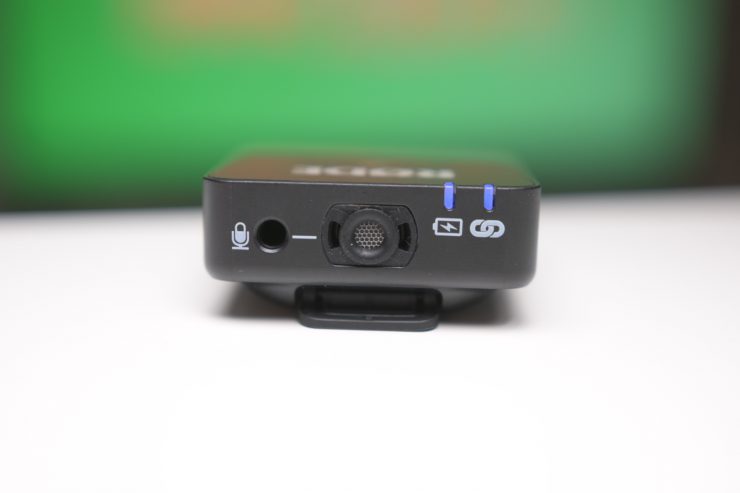
This is a hard one for me to comment on because it really depends on where you use the system. In one place it may work really well, and in another, it may not work at all.
From my limited testing I didn’t have any problems with it not working or getting any inteference as long as I stayed within its operating parameters.
Range

To test the range of the system I remained in line of sight of the RX and started walking away with the TX. I found that I could get around 85-90m (279-295ft) before the audio started to drop out. Now, RØDE claims a maximum operating range of 230 feet (70.1 meters), but this is only going to be achievable on flat, open terrain where there is little wireless interference. I did this test in the middle of Tokyo which is one of the most heavily congested RF and WiFi traffic areas on the planet. I didn’t expect the RØDE Wireless GO to reach anywhere near its claimed operating distance in this environment, but it actually exceeded the distance RØDE claims.
Audio quality
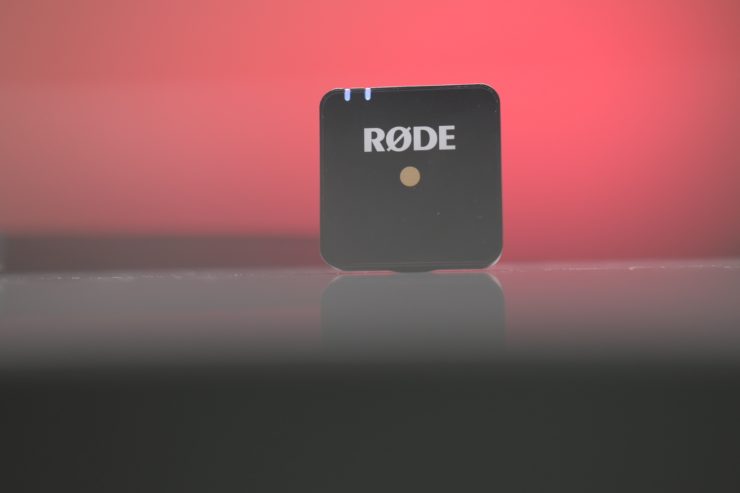
This is a hard one to comment on. There are so many factors that can determine audio quality. What microphone are you using, what camera are you using, how good are your recording devices pre-amps, etc. etc.
I wasn’t really sure what to expect from the RØDE Wireless GO when it came to audio quality.
When you use the built-in omnidirectional condenser capsule on the TX the quality is actually not too bad. I wouldn’t say it is outstanding, but it’s certainly good enough for people who are going to be using the RØDE Wireless GO to record audio for presentations and situations where the sound just needs to be good and not great.
I did some tests using both the built-in microphone and with a RØDE lapel microphone. I recorded audio into both a Nikon Z6 as well as into a camera that has better pre-amps by using a 3.5mm TRS to XLR adapter.

The windsock that comes included for the built-in microphone on the TX unit is pretty useless. It’s not that it doesn’t work, but it doesn’t secure properly and just keeps falling off. I almost guarantee that users will lose this within the first weeks of owning the product.
Above you can listen to the results. Surprisingly I actually found that the in-built microphone sounded better than the RØDE lapel microphone that comes with the RØDELink Wireless system. NOTE: When I am talking about the gain, the RX unit was set at 0db, not +20db. There is no +10db or +20db option.
What is interesting to note, and this will be good news to users of mirrorless and DSLR cameras, is the output level coming out of the RX unit is quite high even at 0db. What this means is you can set the input level on your mirrorless or DSLR camera really low and the signal coming out of the Wireless GO is high enough that it produces the correct recording level. As most DSLR and mirrorless cameras have terrible pre-amps you want to set the input level on those cameras as low as possible so you get nice clean audio that doesn’t have any noise.
It was interesting to see that the level coming out of the RØDE Wireless GO system was considerably higher than RØDELink Wireless system when both of them were set at 0db.
Could you use it as a replacement for the RØDELink system?
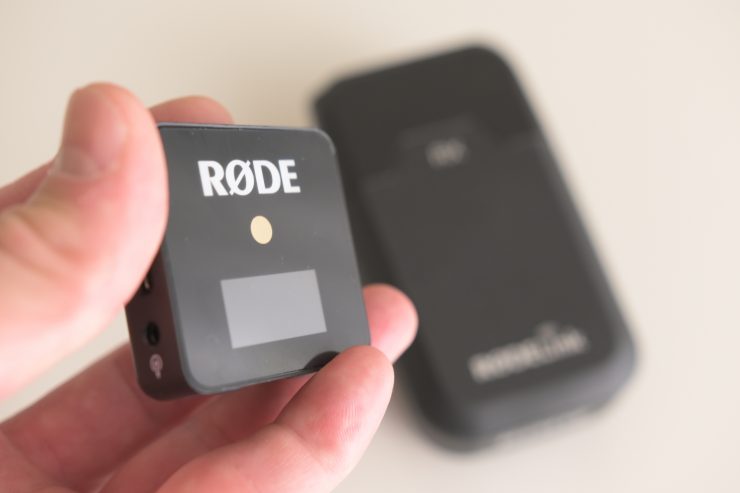
Even though it’s not a replacement for the RØDELink system, there is no reason why you couldn’t use it as a replacement if you were after something smaller and more compact.
While the Wireless GO isn’t as versatile as the RØDELink system it is certainly going to be good enough for a lot of budget filmmakers and YouTubers. For example, there is no muting ability on the RØDE Wireless GO, nor is there any ability to manually select an operating channel.
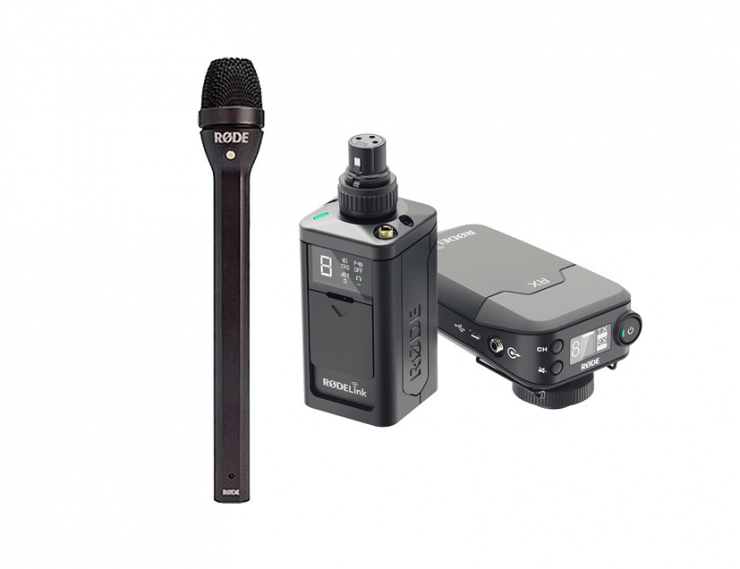
The RØDELink system can also be used with a plug on XLR module to run a a hand mic.
The biggest disadvantage with the Wireless GO compared to the RØDELink is when it comes to operating distance. When I reviewed the RØDELink I found I could get operating distances of up to around 600ft (182.88 meters), This is roughly double the range of the Wireless GO.
I personally think its small size and convenience more than compensates for its lack of operating range.
Battery Life
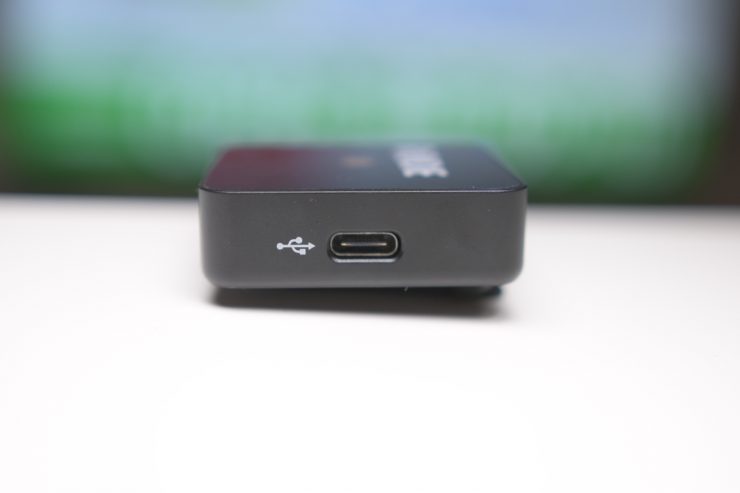
RØDE claims that Internal lithium-ion polymer batteries offer up to seven hours of battery life. From my testing I found that I could get through a full day of use without any problems.
The nice thing is you can charge them via a USB Type-C port or to power them via external USB battery packs.
Competition
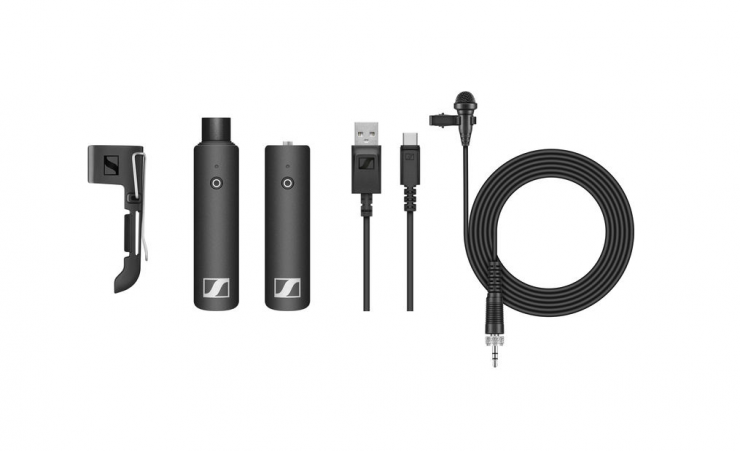
As I have previously mentioned already the competition for the RØDE Wireless GO comes in the form of the Sennheiser XSW-D.
So what are the main differences?
| RØDE Wireless GO | Sennheiser XSW-D |
| Frequency: Digital 2.4 GHz | Frequency: 2.400 to 2.483 GHz |
| Max Operating Range 229.7′ / 70 m | Max Operating Range 250′ / 76.2 m (Line of Sight) |
| Max Systems per Setup 8 | Max Systems per Setup 5 |
| Built-In, USB-Rechargeable, Lithium-Ion Battery Life: 5 Hours Charging Time: 2 Hours (Typical) | Built-In, USB-Rechargeable, Lithium-Ion Battery Life: 5 Hours Charging Time: 3 Hours (Typical) |
| Built-In Microphone: Yes | Built-In Microphone: No |
| Lapel Microphone: No | Lapel Microphone: ME 2-II OmnidirectionalLavalier Microphone included |
| Weight: 1.1 oz / 31.0 g | Weight: Not Specified by Manufacturer |
Pricing & Availability
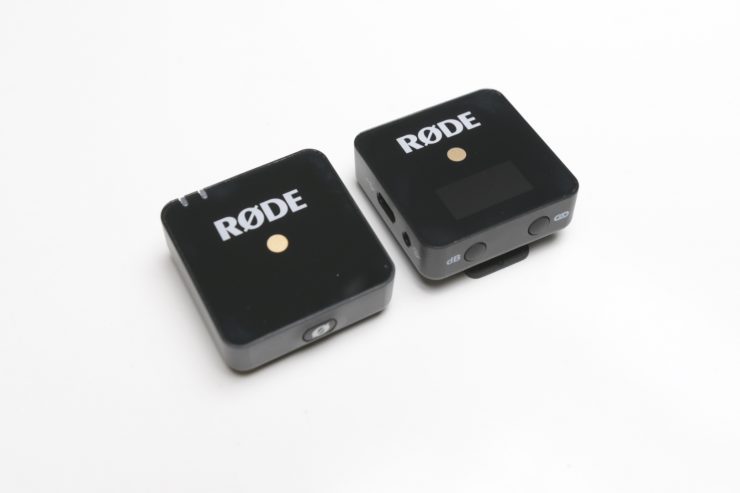
The RØDE Wireless GO retails for $199 USD. It is already shipping.
The Wireless GO clip pack includes the RX & TX units. It is compatible with any TRS mic input or the smartLav+ using the SC3 adaptor.
Conclusion
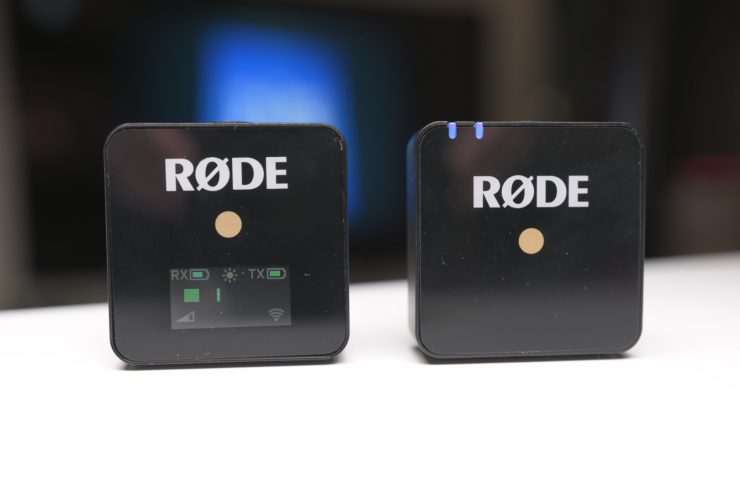
The RØDE Wireless GO is an interesting product and I think it is bound to be popular with budget filmmakers and YouTubers. That’s not to say it couldn’t be used by just about anyone, because it certainly could.
For me personally, I found it a good product to just have sitting in my bag as a backup solution or if I needed a quick and easy to use third radio mic. For users of mirrorless and DSLR cameras, this product makes a lot of sense. It’s small compact size and ease of use make it a great compliment for a stripped down run and gun kit.
The Wireless GO is easy to use, the audio quality is actually better than I thought it would be, and it’s small enough that you can just keep one with you at all times. Despite some of its limitations, I think the Wireless GO is going to be a pretty popular product for RØDE.

